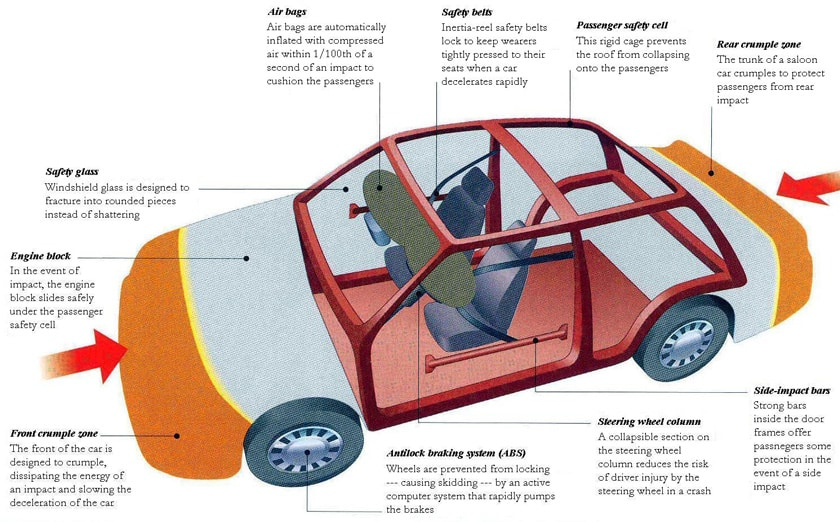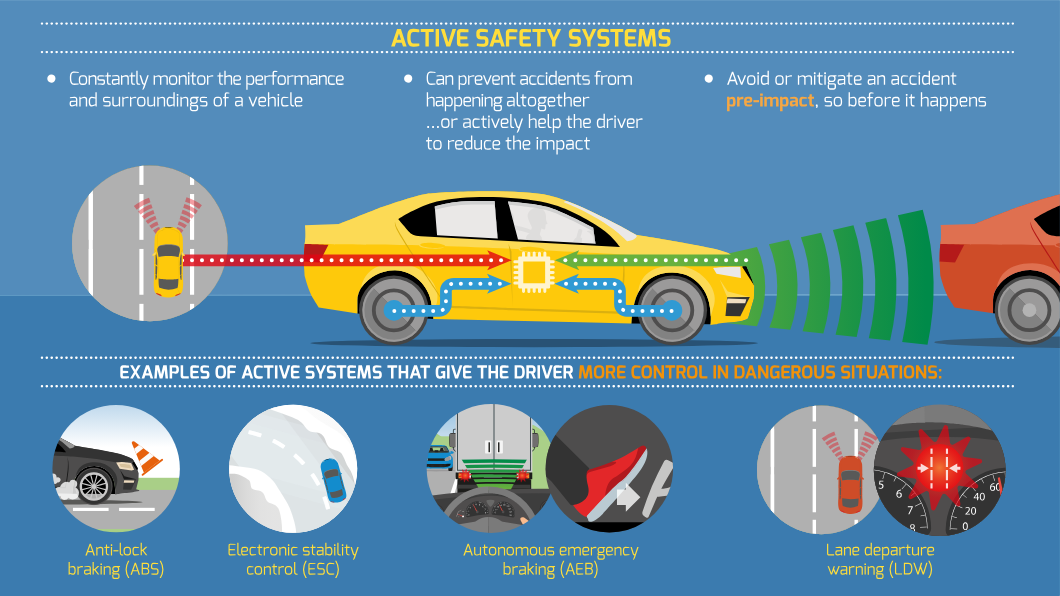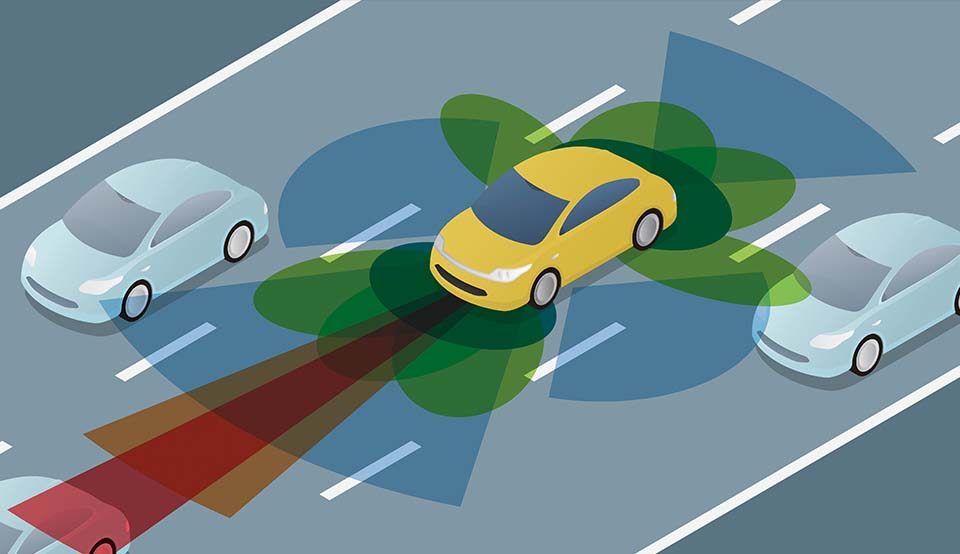How to Improve Car Safety Features in 2024: Essential Tips for Every Driver
How to Improve Car Safety Features in 2024: Essential Tips for Every Driver

Car accidents happen every day, and no one ever expects to be involved in one. But here’s the truth: the right safety features can be the difference between a minor accident and a life-threatening one. Whether you’re driving an older vehicle or you’re about to buy a new car, you may be wondering: how can I improve my car’s safety features in 2024?
With advances in technology and growing awareness around vehicle safety, it’s easier than ever to make your car safer on the road. Let’s dive into the best strategies and tech you can use to ensure your car is equipped with the most up-to-date safety features.
The Problem: Why Are Car Accidents Still So Common?
It’s no secret that road accidents are a leading cause of injury and death worldwide. But what’s particularly concerning is how many accidents could have been avoided with proper safety measures. In 2024, despite all the technological advancements, car accidents remain prevalent due to a combination of factors:
- Distracted driving: From texting to eating, distractions cause a significant number of accidents.
- Speeding: Drivers exceeding the speed limit reduce their ability to react in time.
- Inadequate vehicle safety features: Not all cars are equipped with the latest safety technologies that could prevent accidents.
So, what’s the solution? Improving car safety isn’t just about being a better driver; it’s about making sure your car is equipped with the right safety tools to minimize risks. The good news is that many of these safety features can either be added to older cars or come standard in newer models.
Exploring the Latest Car Safety Technologies in 2024

To reduce the risks of accidents, manufacturers are constantly innovating with new safety technologies. Whether you’re driving an older car or investing in a new one, understanding these features will help you make more informed decisions about how to enhance your car’s safety.
1. Automatic Emergency Braking (AEB)
Automatic Emergency Braking (AEB) is one of the most effective ways to prevent accidents. This feature detects potential collisions and automatically applies the brakes if the driver doesn’t react in time. In many situations, AEB can either prevent the crash entirely or reduce its severity by slowing down the car.
Example:
Let’s say you’re driving in traffic and the car in front of you suddenly brakes. AEB sensors detect the risk and automatically engage the brakes, reducing your speed before you even have time to react.
Tip: If your car doesn’t come equipped with AEB, consider upgrading your vehicle or adding aftermarket collision-avoidance systems that offer similar functionality.
2. Blind Spot Monitoring (BSM)
Blind spot monitoring has become a must-have feature for safe driving, especially in cities with heavy traffic. It uses sensors to detect vehicles in your blind spot and alerts you with a visual or audio signal when it’s unsafe to change lanes.
Why It’s Essential:
Changing lanes without checking your blind spot is one of the most common causes of highway accidents. BSM reduces the risk by giving you real-time information, helping you avoid collisions with vehicles you might not see.
Tip: If your car doesn’t have built-in blind spot monitoring, you can install aftermarket systems. They’re often affordable and can be easily added to older vehicles.
3. Lane Departure Warning (LDW) and Lane-Keeping Assist (LKA)
Lane Departure Warning (LDW) and Lane-Keeping Assist (LKA) are designed to keep you safely within your lane. LDW alerts you if you start drifting out of your lane without using your turn signal, while LKA gently steers the car back into the lane if you don’t react in time.
Example:
Imagine you’re driving late at night, and your focus starts to wane. If your car starts drifting toward the edge of your lane, Lane-Keeping Assist will gently pull you back on track, reducing the chance of an accident.
Tip: Not all cars come with LKA or LDW, but you can add aftermarket systems that monitor your car’s position and alert you when needed.
4. Adaptive Cruise Control (ACC)
Adaptive Cruise Control takes traditional cruise control to the next level. Instead of maintaining just one speed, ACC adjusts your car’s speed automatically based on the distance between you and the vehicle in front. If traffic slows down, the system reduces your speed and speeds up again once traffic clears.
Why It’s a Game-Changer:
Adaptive Cruise Control isn’t just about convenience—it’s about safety. By maintaining a safe following distance at all times, ACC helps prevent rear-end collisions.
Tip: When purchasing a new car, look for models that include ACC, especially if you do a lot of highway driving. Some aftermarket options are also available for older vehicles.
5. Rearview Cameras and Parking Sensors

Parking accidents are more common than you might think. Installing a rearview camera and parking sensors can significantly reduce the risk of hitting objects, pedestrians, or other cars while reversing or parking.
Example:
Imagine you’re backing out of a parking spot and don’t see a child running behind your car. A rearview camera gives you full visibility of what’s happening behind your vehicle, while parking sensors alert you if you’re getting too close to an obstacle.
Tip: Most new cars come equipped with rearview cameras, but if you drive an older model, aftermarket cameras are widely available and easy to install.
The Climax: Keeping Your Car Safe with Regular Maintenance
Adding all the latest technology won’t mean much if your car isn’t properly maintained. Safety features rely on the vehicle being in good working condition, so regular maintenance is key. Here’s what you need to keep an eye on:
1. Tires: Your tires are your first line of defense on the road. Worn-out tires reduce traction, making it harder to stop quickly in emergencies. Make sure you check your tire pressure and tread depth regularly.
2. Brakes: Regularly inspect your brake pads and rotors to ensure they’re functioning properly. Even the best emergency braking systems can’t do their job if your brakes are worn out.
3. Lights: Your headlights, taillights, and brake lights are essential for visibility—both for you and other drivers. Replace any burnt-out bulbs as soon as possible to maintain safety.
4. Windshield Wipers and Fluids: Clear visibility is critical for safe driving. Make sure your windshield wipers are in good condition and keep your washer fluid topped off, especially in bad weather conditions.
Tip: Create a regular maintenance schedule for your vehicle to ensure all components are functioning properly. Neglecting routine maintenance is one of the quickest ways to undermine your car’s safety.
The Future of Car Safety: Autonomous Driving and Beyond
As we look toward the future, one of the most exciting developments in car safety is the rise of autonomous driving technology. While fully autonomous vehicles are still a few years away from becoming mainstream, we’re already seeing features like Tesla’s Autopilot, GM’s Super Cruise, and Waymo’s self-driving cars making waves.
How It Will Change Car Safety:
- Fewer Accidents: With fewer human drivers, there’s potential for drastically reduced accident rates. Autonomous vehicles don’t get distracted, tired, or impaired.
- Increased Precision: Self-driving cars can calculate distances and react faster than humans, making them ideal for preventing accidents.
- Real-Time Monitoring: Autonomous vehicles are constantly analyzing the road, other vehicles, and pedestrians, providing 360-degree awareness.
Tip: While full autonomy isn’t here yet, keep an eye on automakers that are pioneering these technologies. Investing in cars with semi-autonomous features now can help you stay ahead of the curve in terms of safety.
Conclusion: How to Stay Safe on the Road in 2024
Car safety in 2024 is all about combining cutting-edge technology with regular maintenance and smart driving habits. Whether you’re upgrading your current vehicle or purchasing a new one, the safety features you choose can make a huge difference in preventing accidents and keeping you and your passengers safe.
From Automatic Emergency Braking to Lane-Keeping Assist and Blind Spot Monitoring, these are not just luxuries—they’re essential for modern driving. So, take the time to research what features are available and how you can upgrade your car for maximum safety.
Want more tips on staying safe on the road? Subscribe for more car safety insights.
comments powered by Disqus